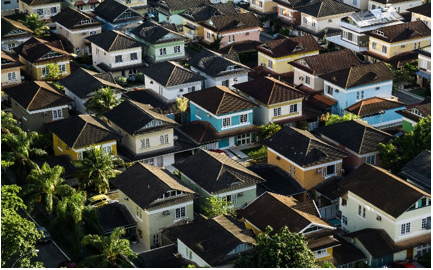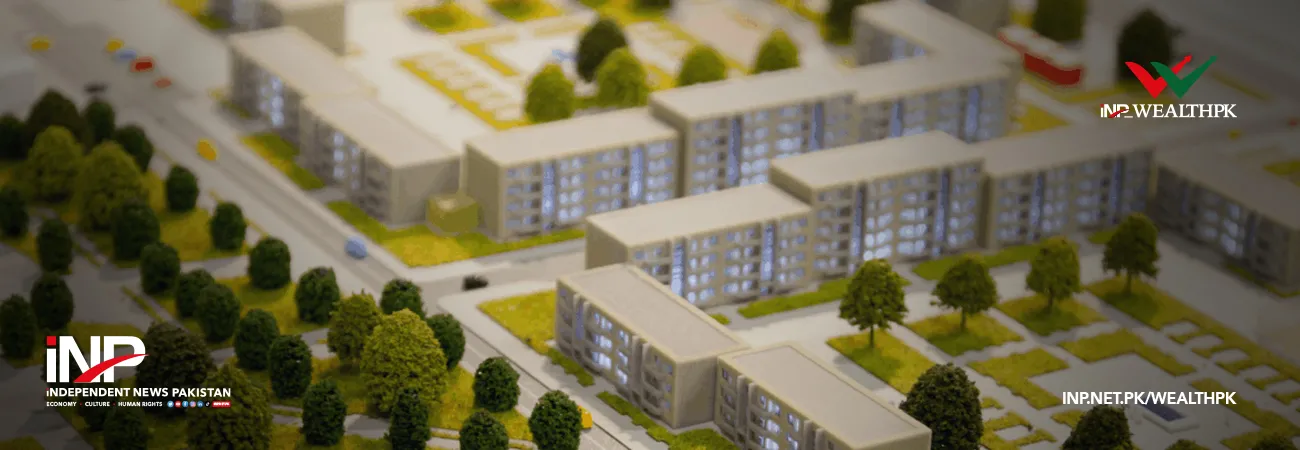INP-WealthPk
Ayesha Saba
Pakistan’s largely unplanned and market-driven urban growth outpaces sustainable planning, risking environmental collapse and long-term socio-economic instability, warned an expert in an interview with WealthPK.

According to the World Bank, the country’s urban population is growing at 2.7% annually, one of the fastest rates in South Asia. This explosive growth is overwhelming infrastructure in major cities like Karachi and Lahore, each adding over 500,000 new residents annually.
Noman Ahmed, an architecture and urban planner at GIZ Pakistan (a German development agency), told WealthPK, “This rapid migration from rural to urban areas is driven by a lack of job opportunities, education, and healthcare in the countryside. However, cities are unable to absorb this influx, as the basic urban services such as clean drinking water, waste management, and affordable housing there remain grossly inadequate.”
He said Pakistan’s urban growth is largely unplanned and market-driven, with little regard for ecological balance, adding that the root of the crisis lies in ad-hoc development policies that prioritize short-term economic gains over long-term sustainability.
“Pakistan’s urban growth is largely unregulated, with housing societies and commercial projects encroaching on agricultural land and forests without proper environmental impact assessments,” he maintained.
He said the recent monsoon floods, which submerged large parts of cities such as Lahore, Islamabad, and Rawalpindi, underscore the consequences of inadequate urban resilience planning.
He emphasized that many major cities, particularly Karachi, Lahore, and Islamabad, have expanded horizontally without proper zoning regulations, causing significant strain on land, water, and air resources. This not only depletes natural resources but also increases vulnerability to climate change impacts, such as flooding and extreme heat.
“We need to adopt green infrastructure, promote vertical development over horizontal sprawl, and integrate disaster risk reduction into city planning,” he said, stressing the need for mandatory green building codes and industrial waste treatment plants.
“Investing in urban forestry, renewable energy, and circular waste systems can mitigate the damage to some extent. However, bureaucratic inertia and political resistance remain key obstacles,” he added.
Introducing public-private partnership models, offering subsidized financing for low-income housing, and integrating climate resilience into urban planning are key steps toward ensuring that the sector not only grows but also becomes socially inclusive and economically transformative, he suggested.
Credit: INP-WealthPk













